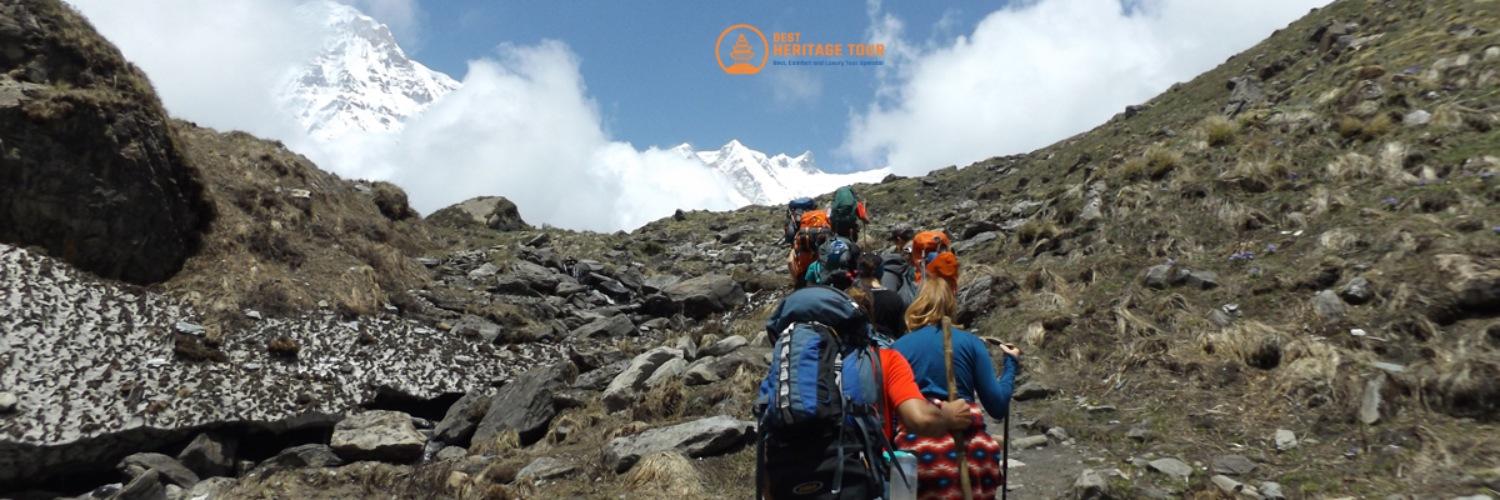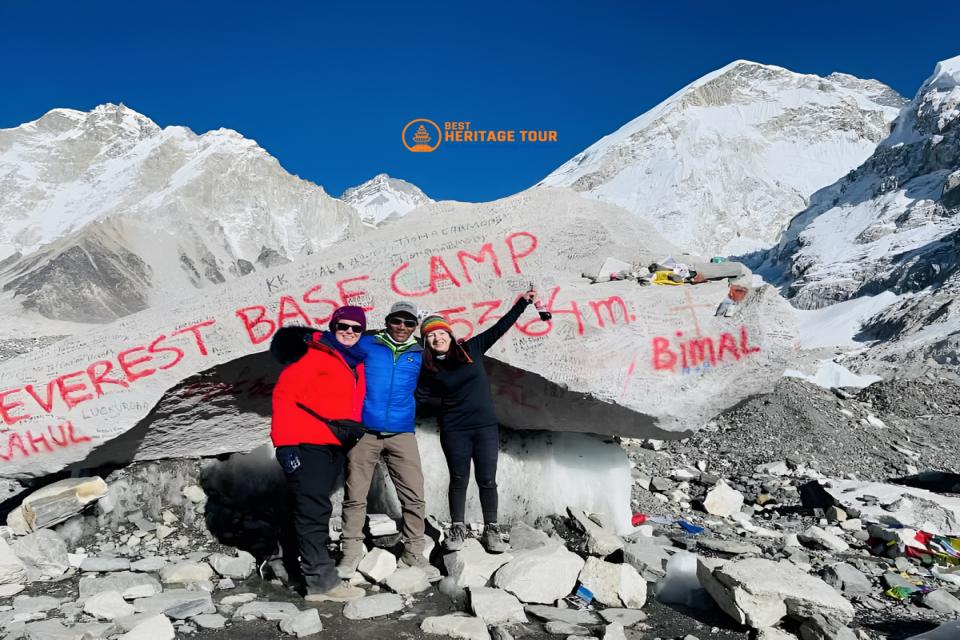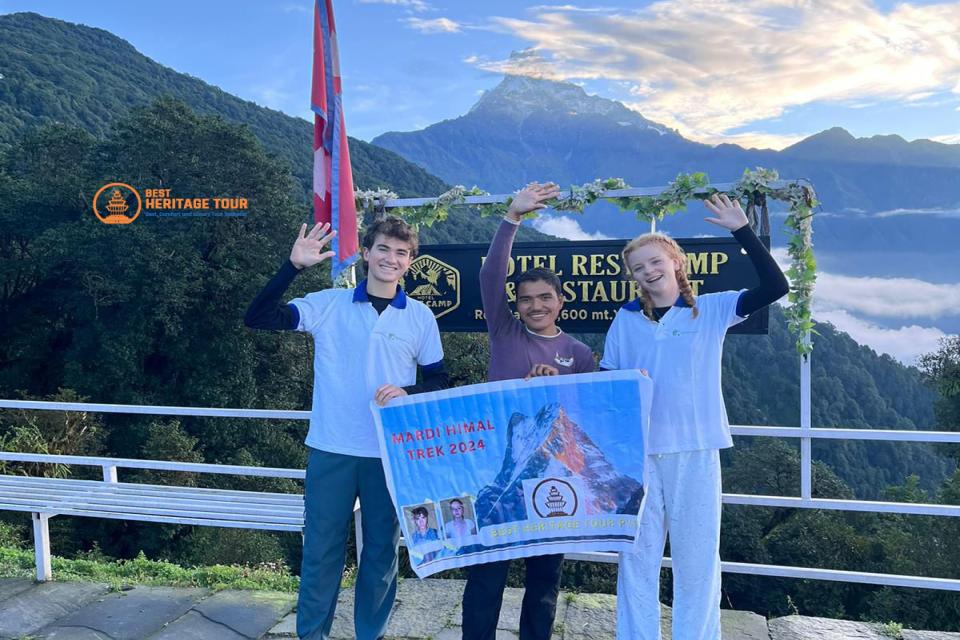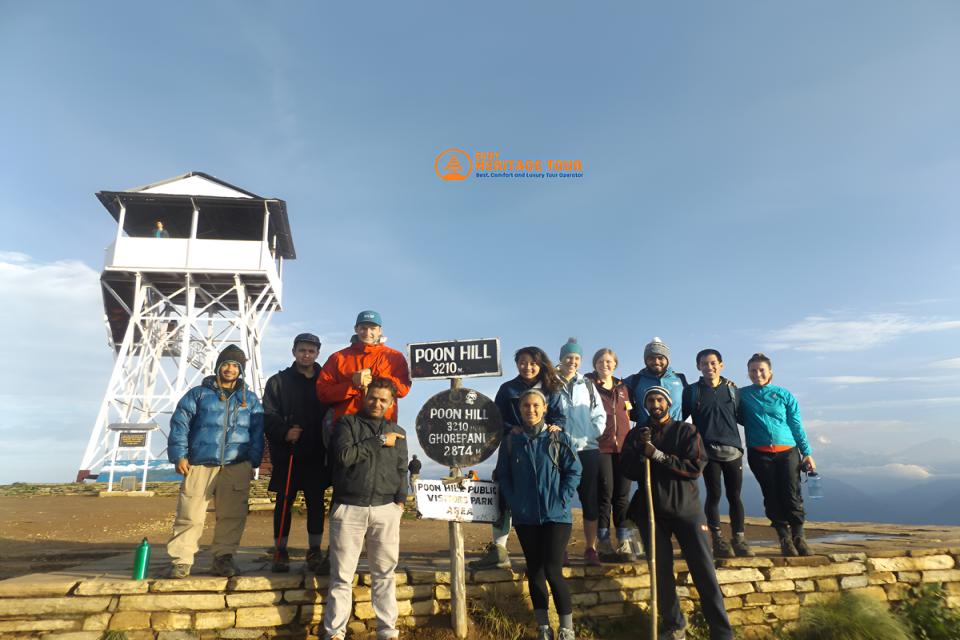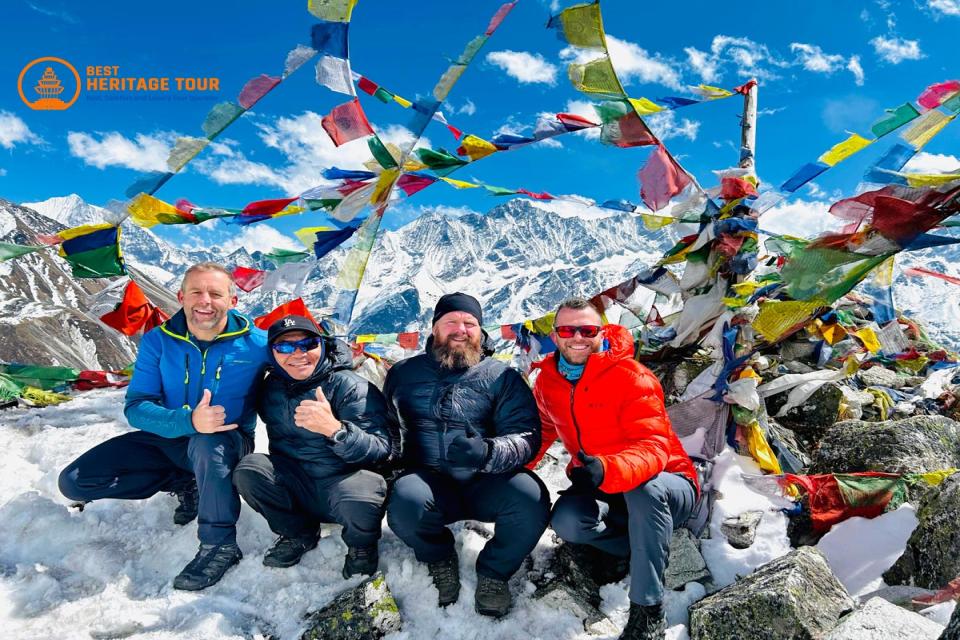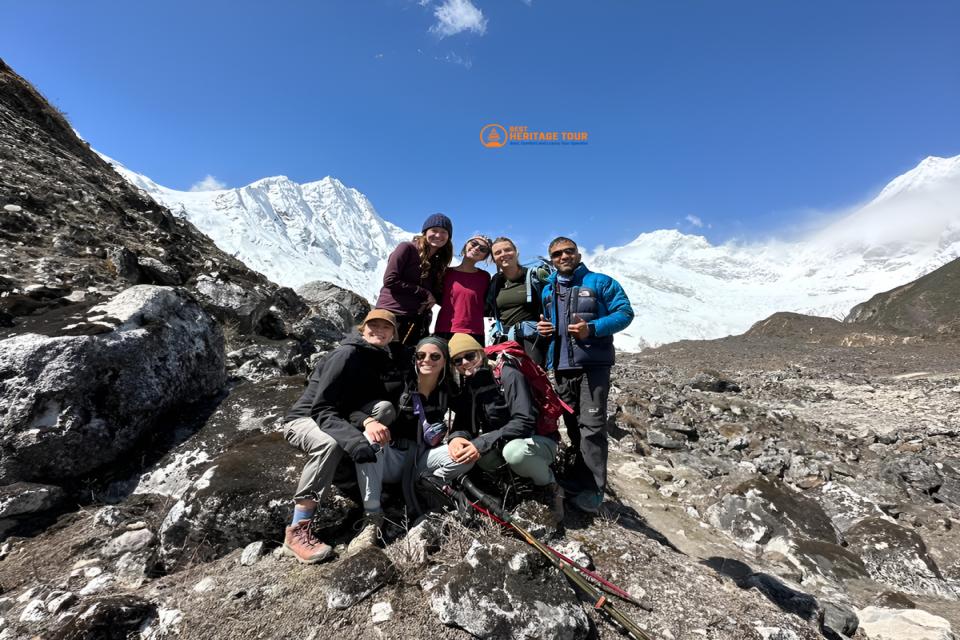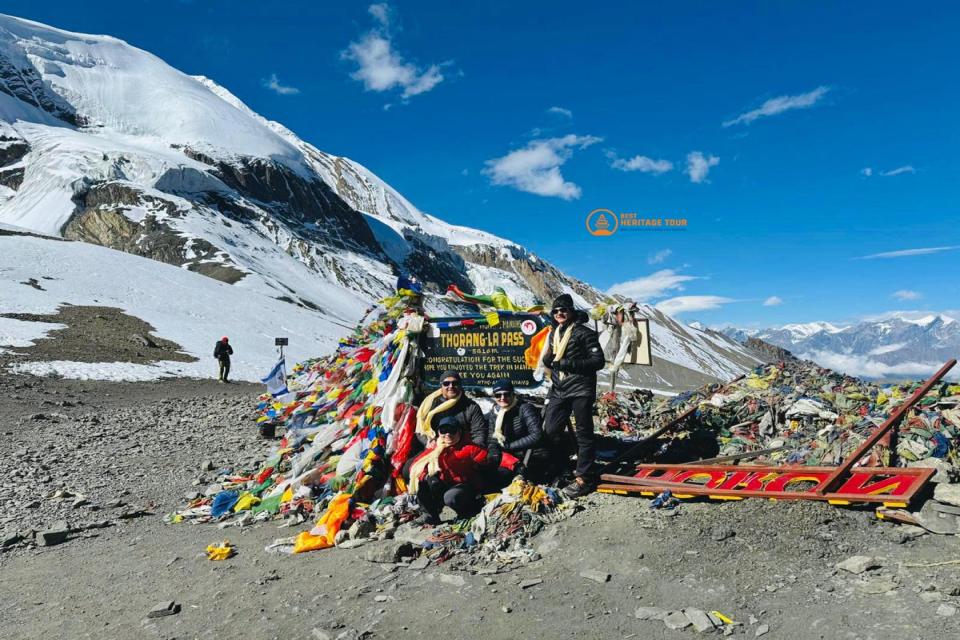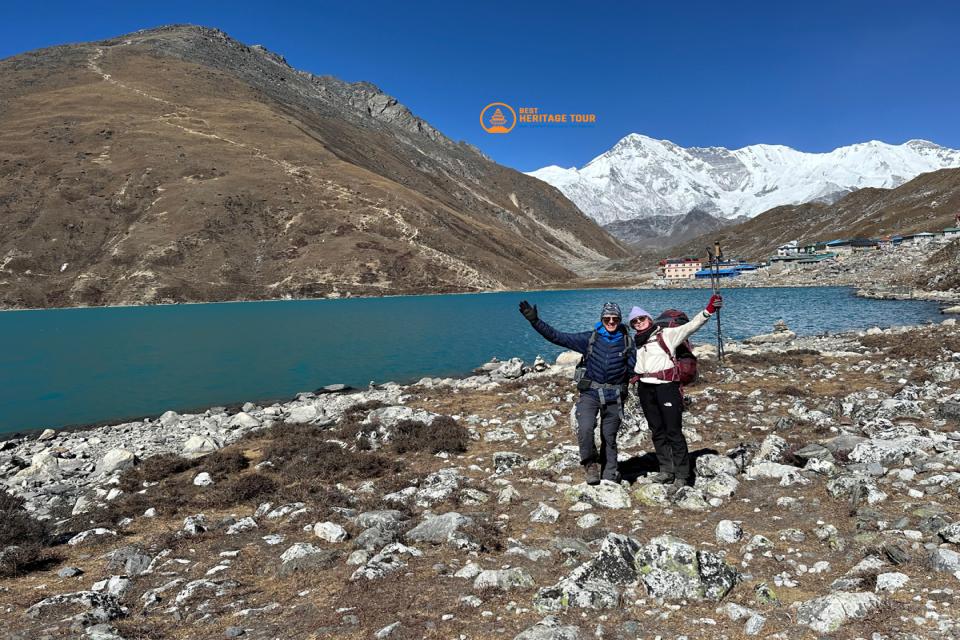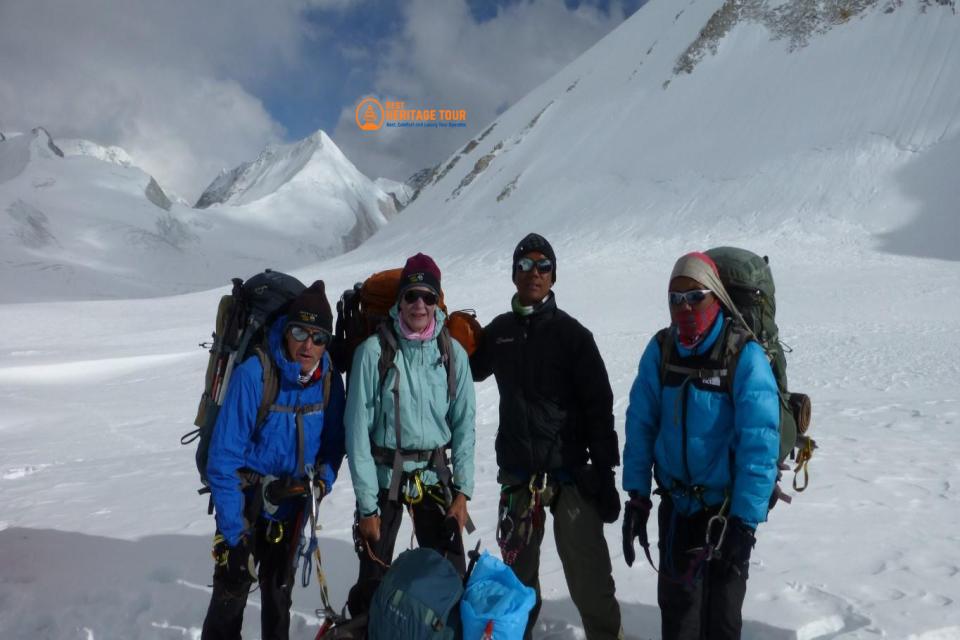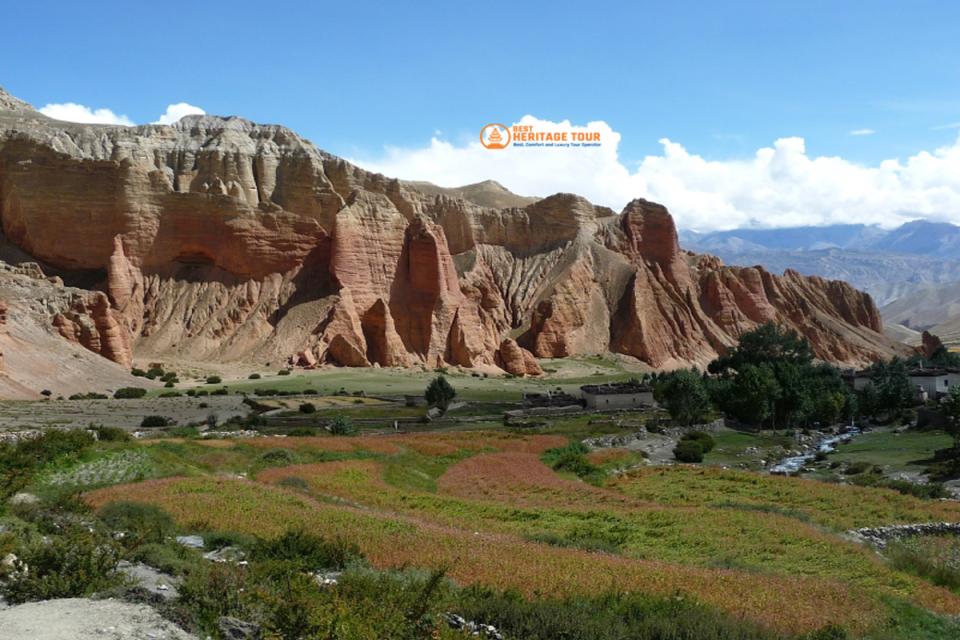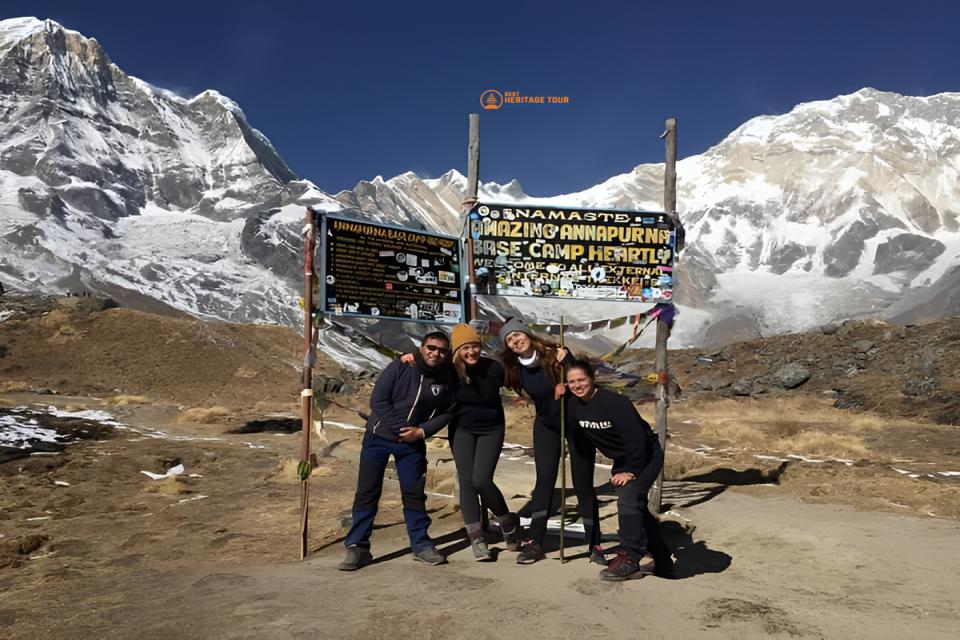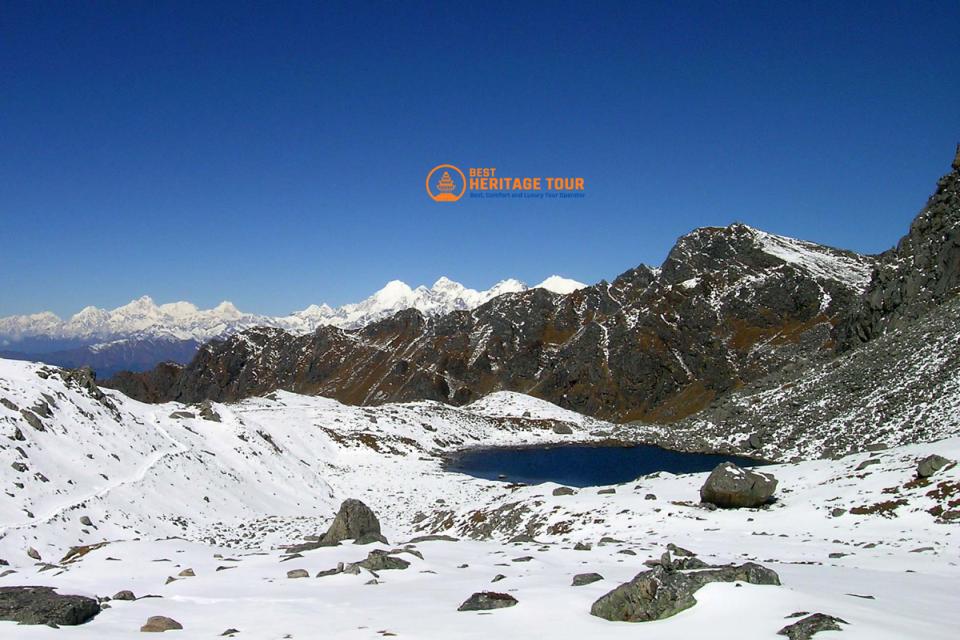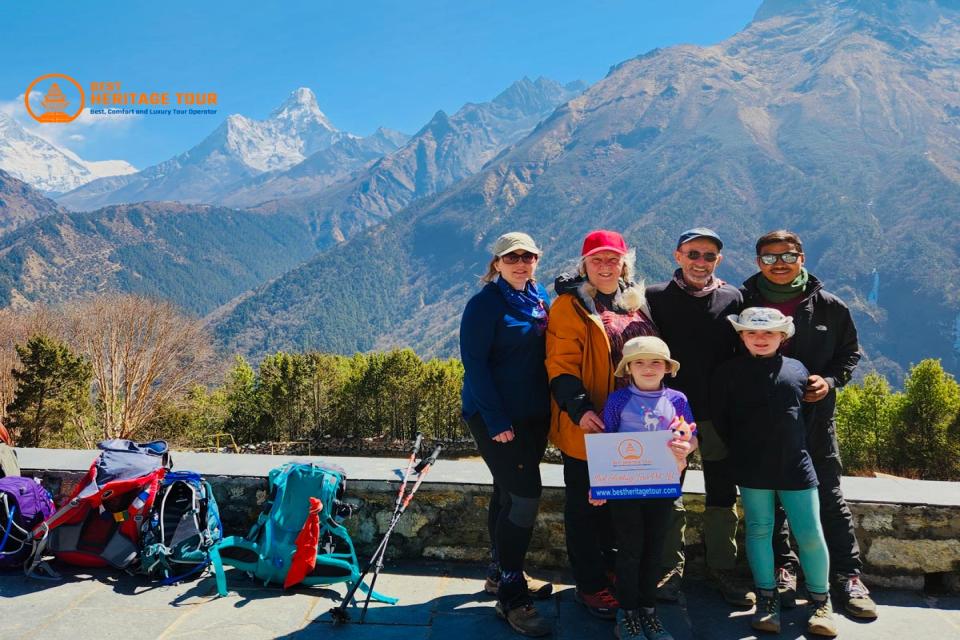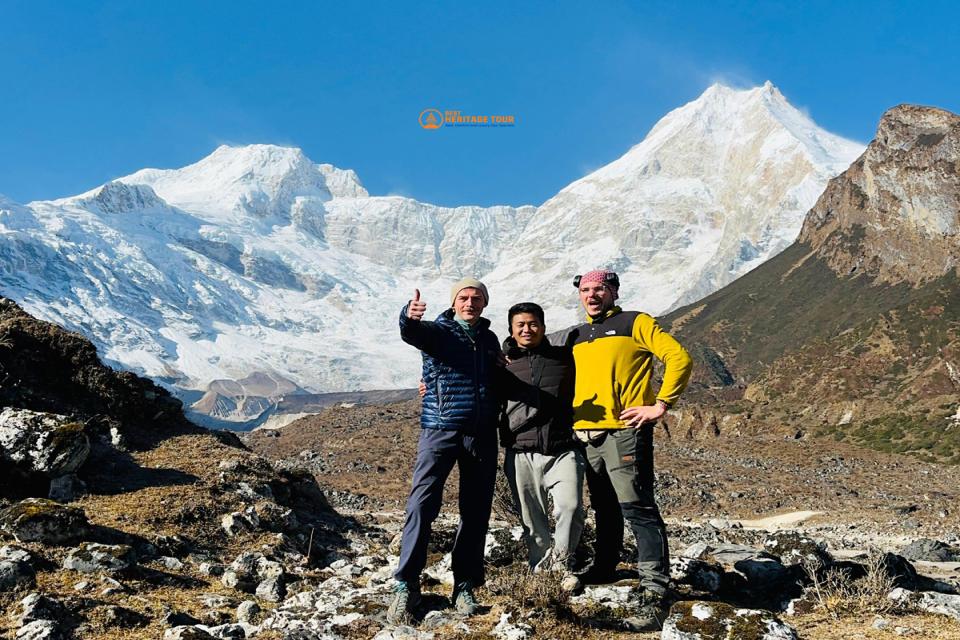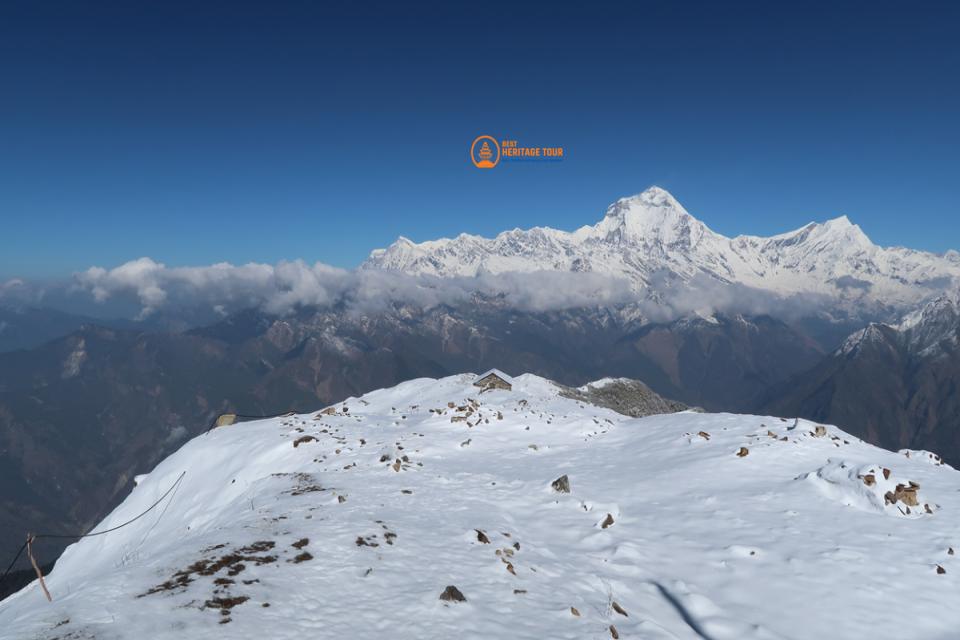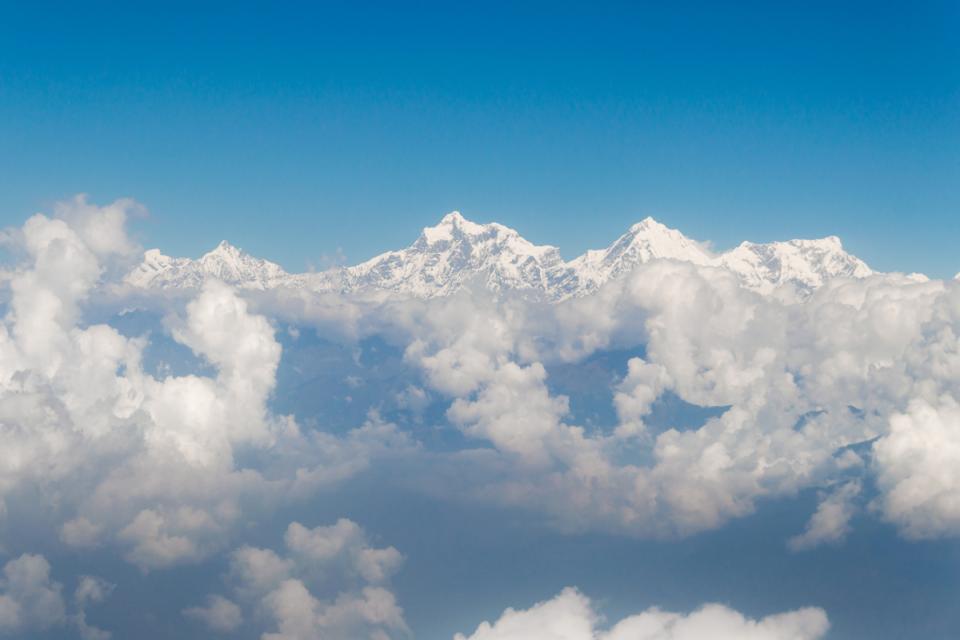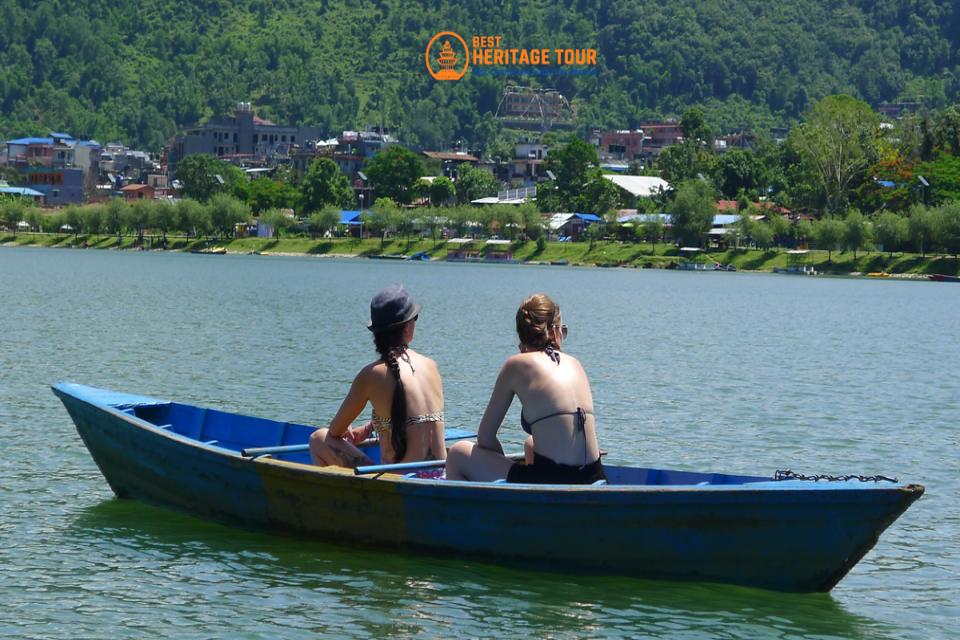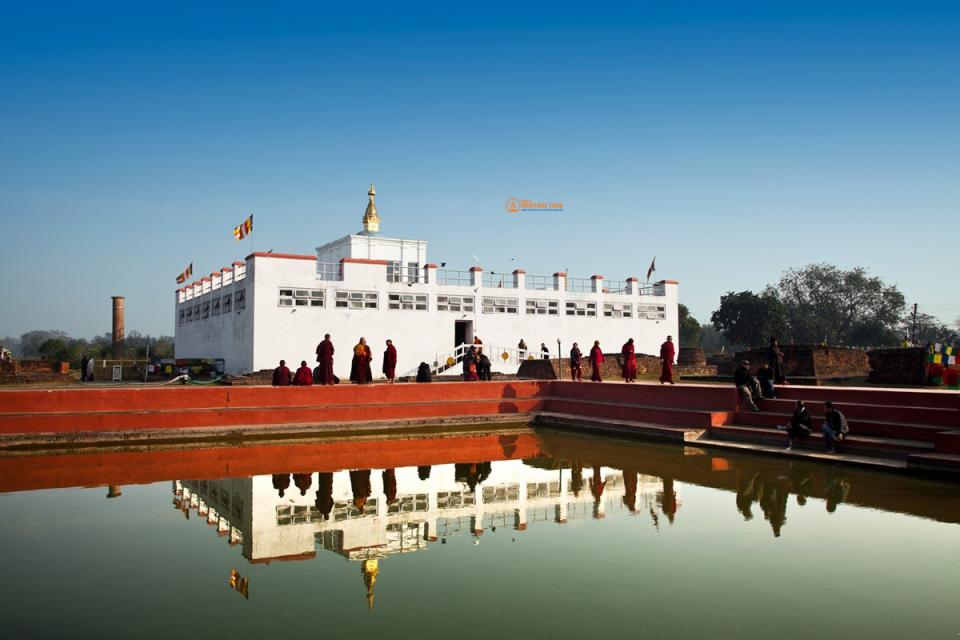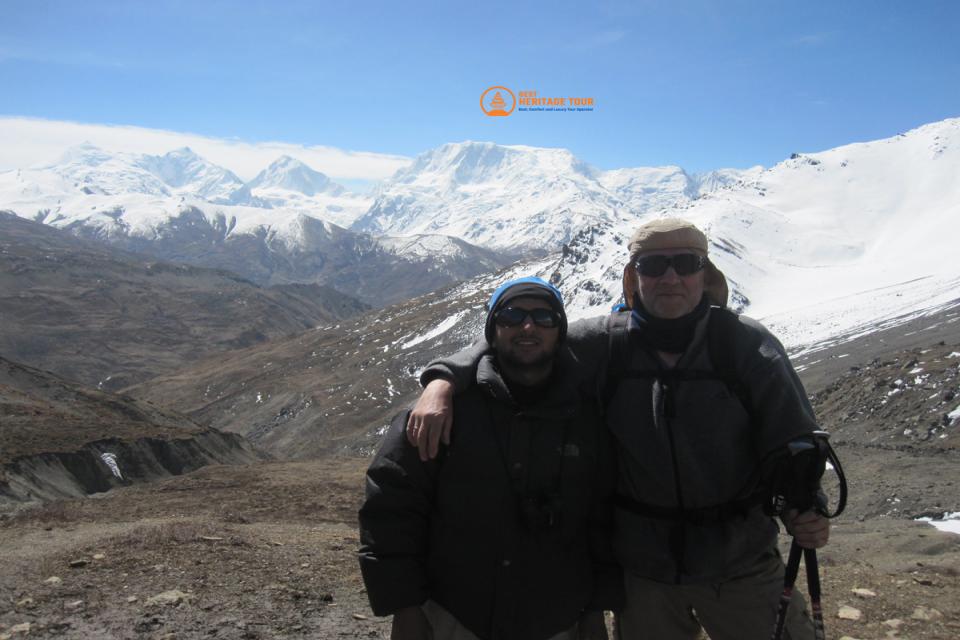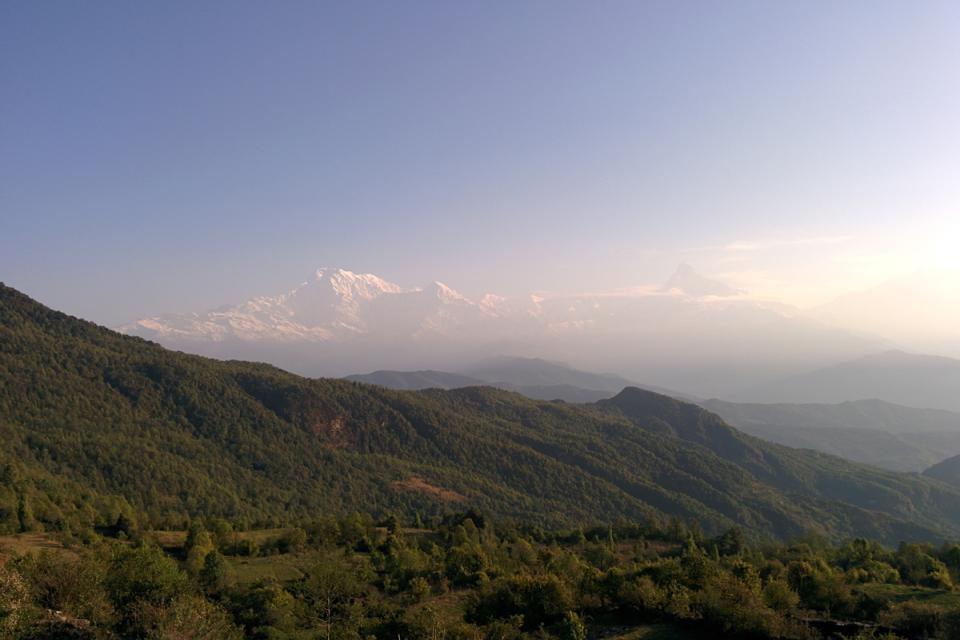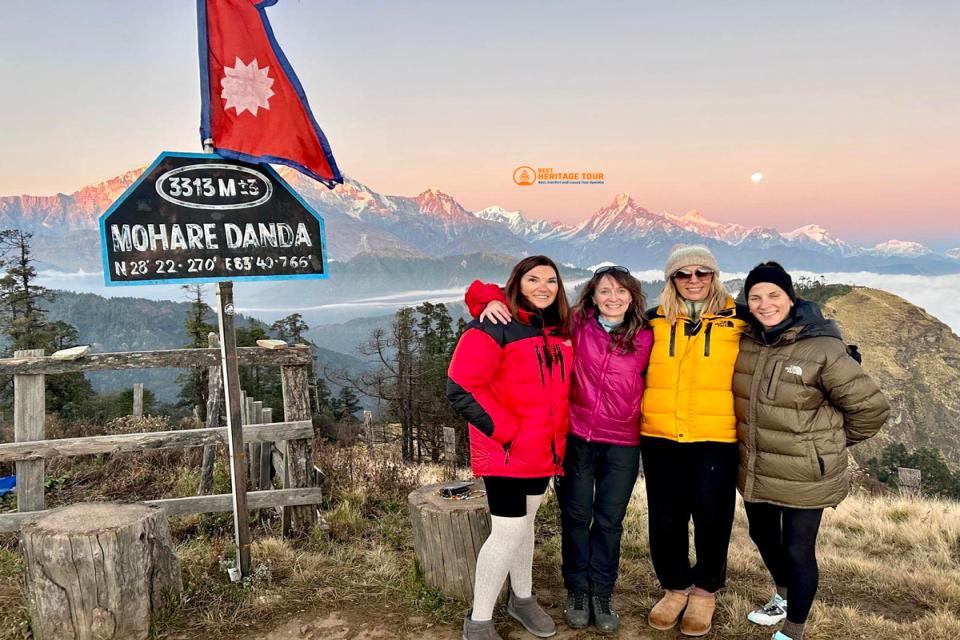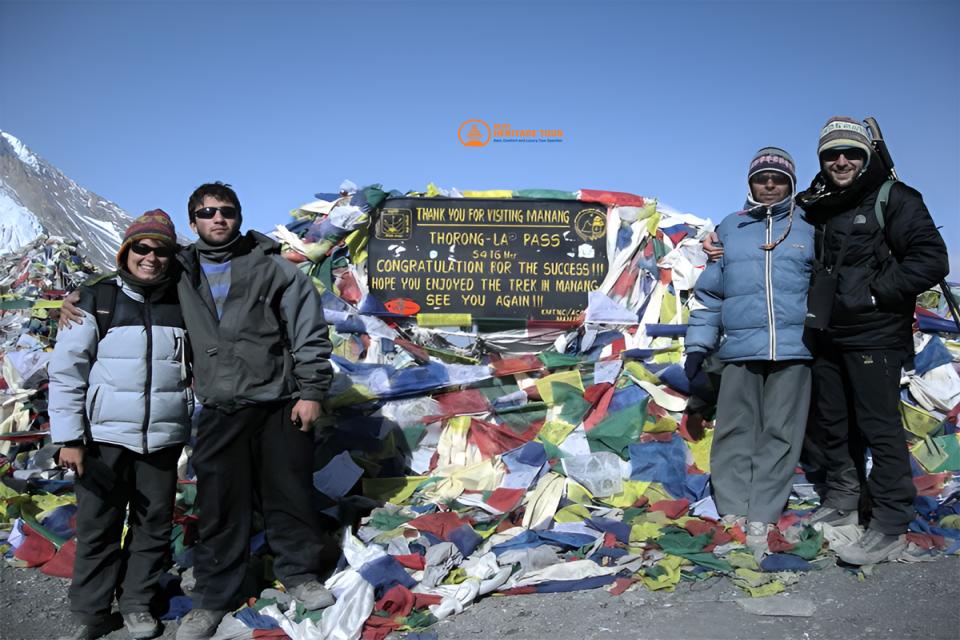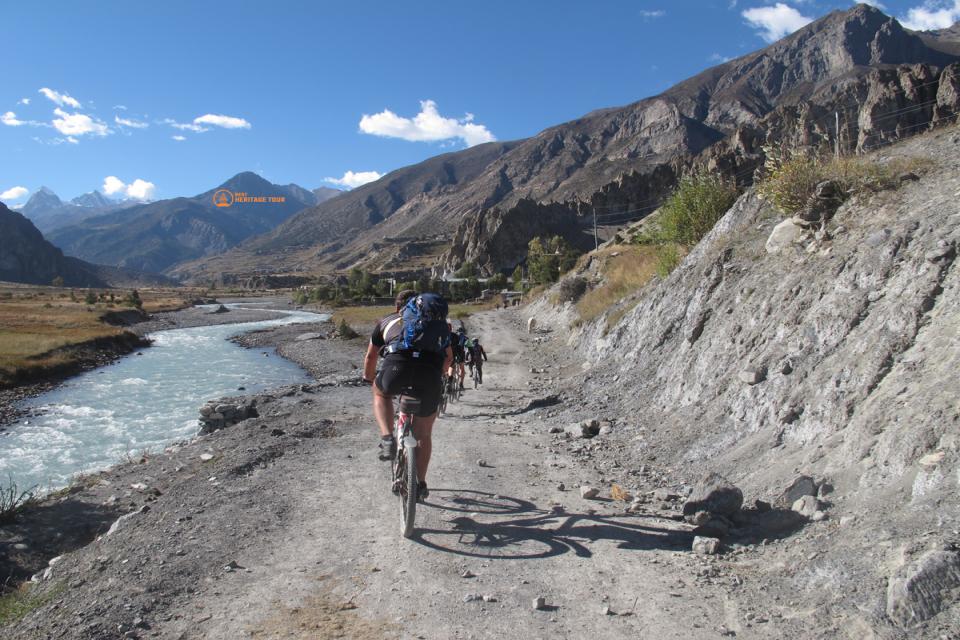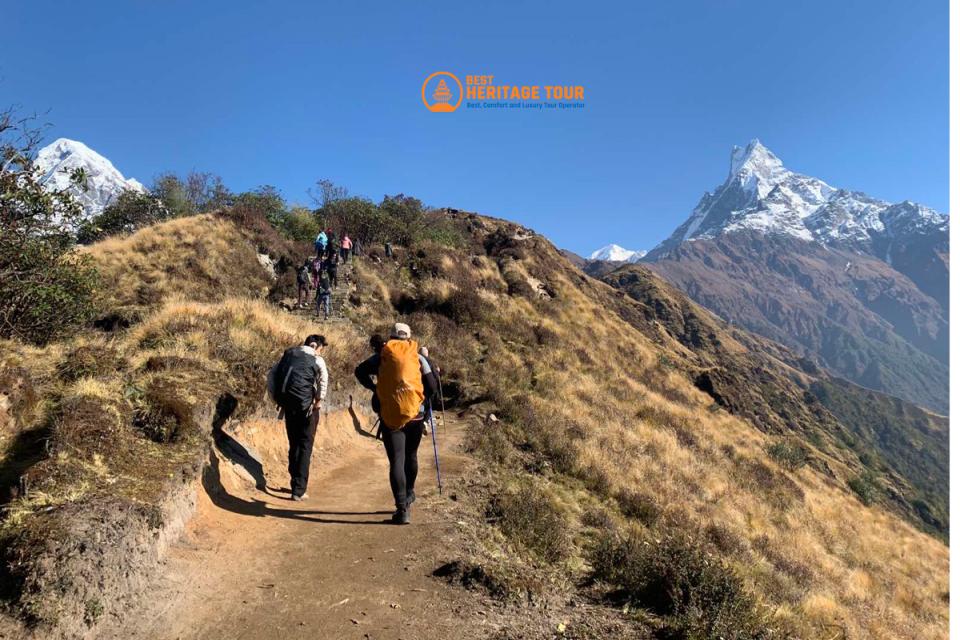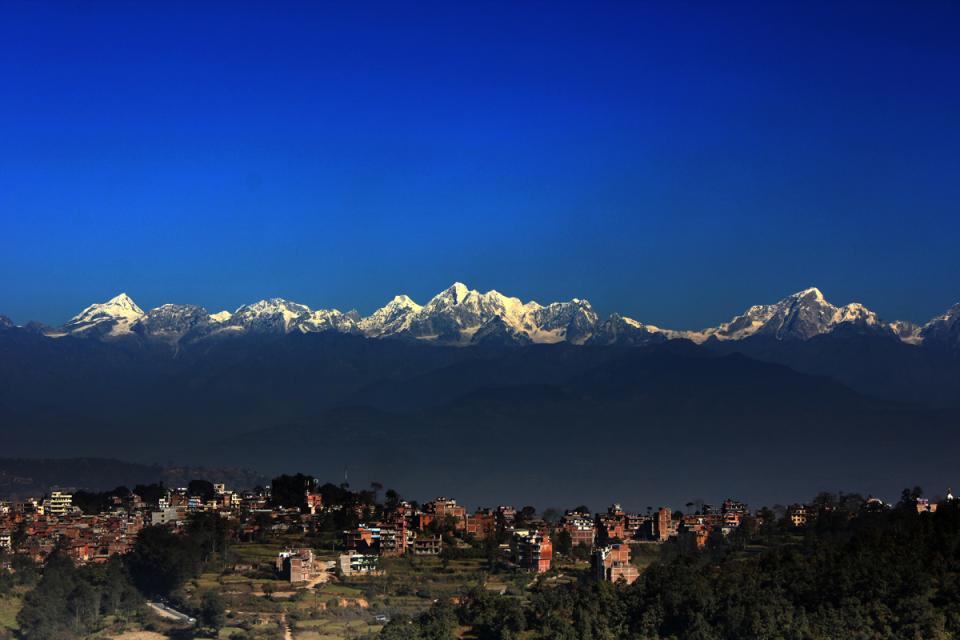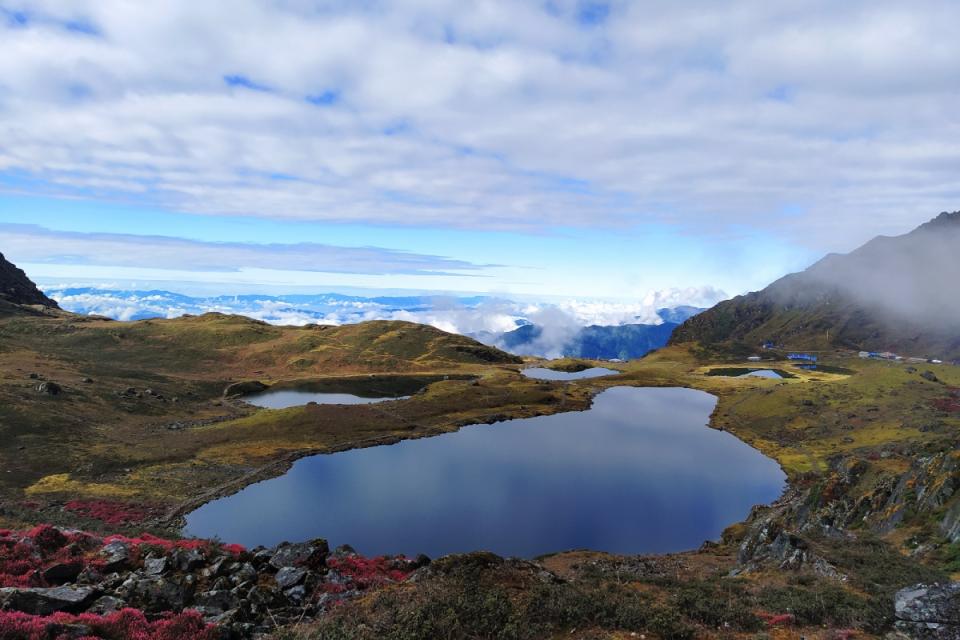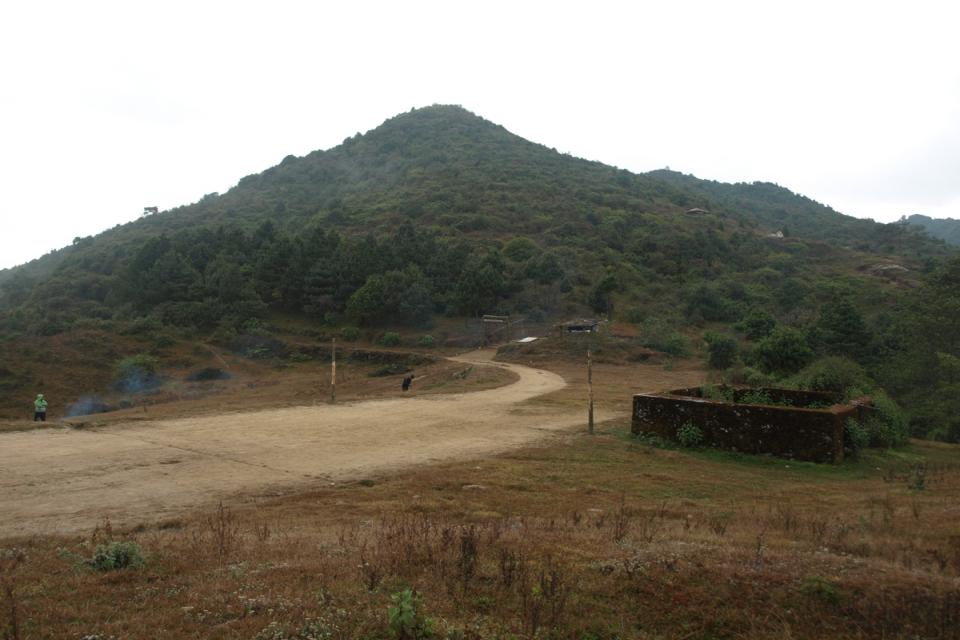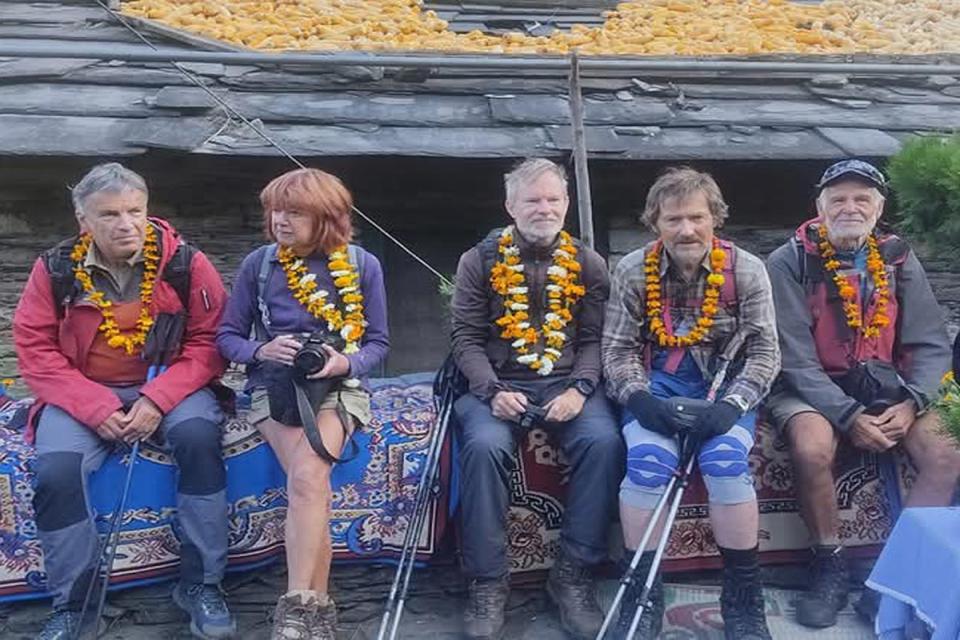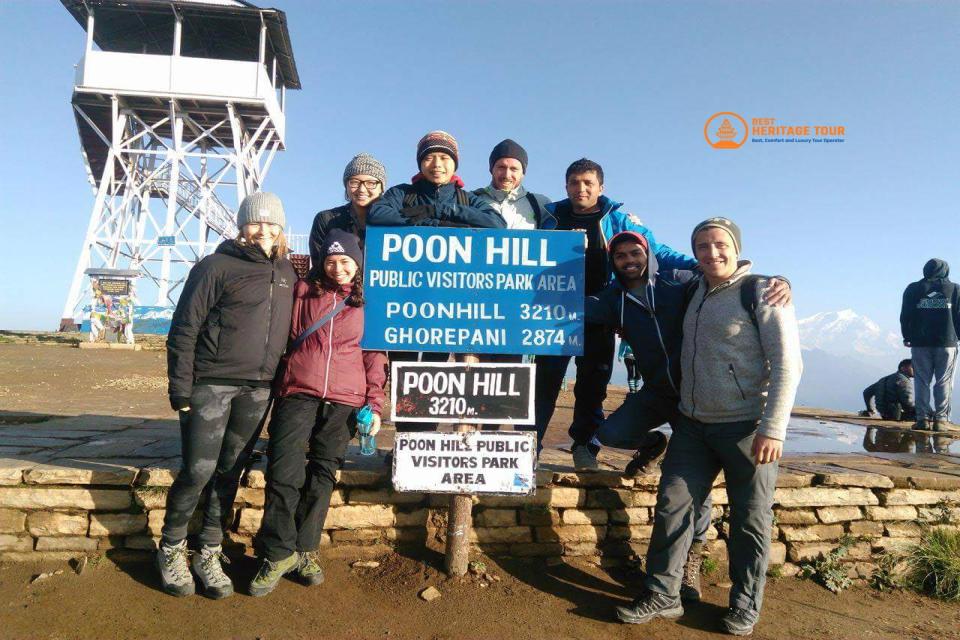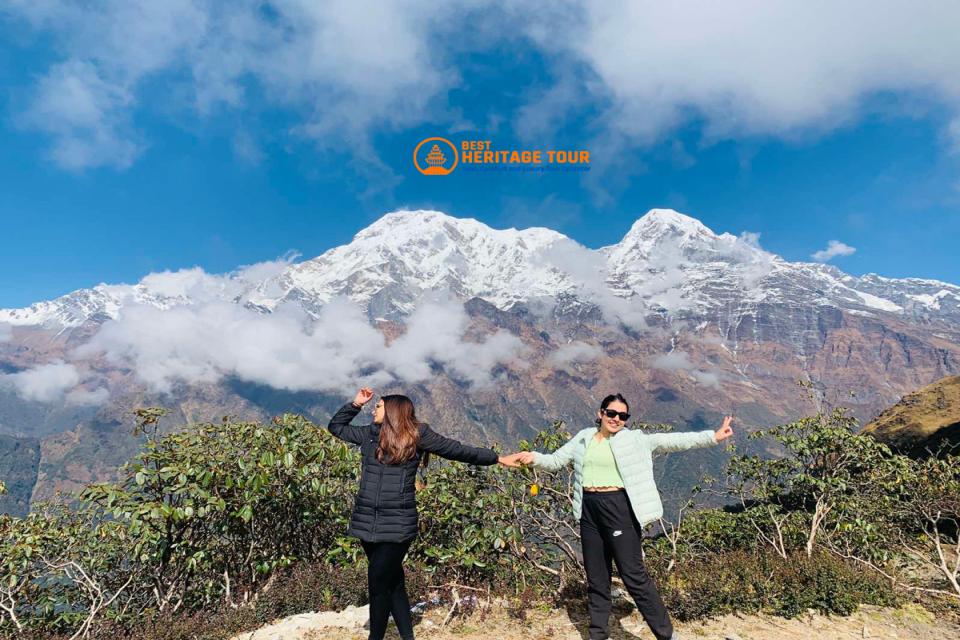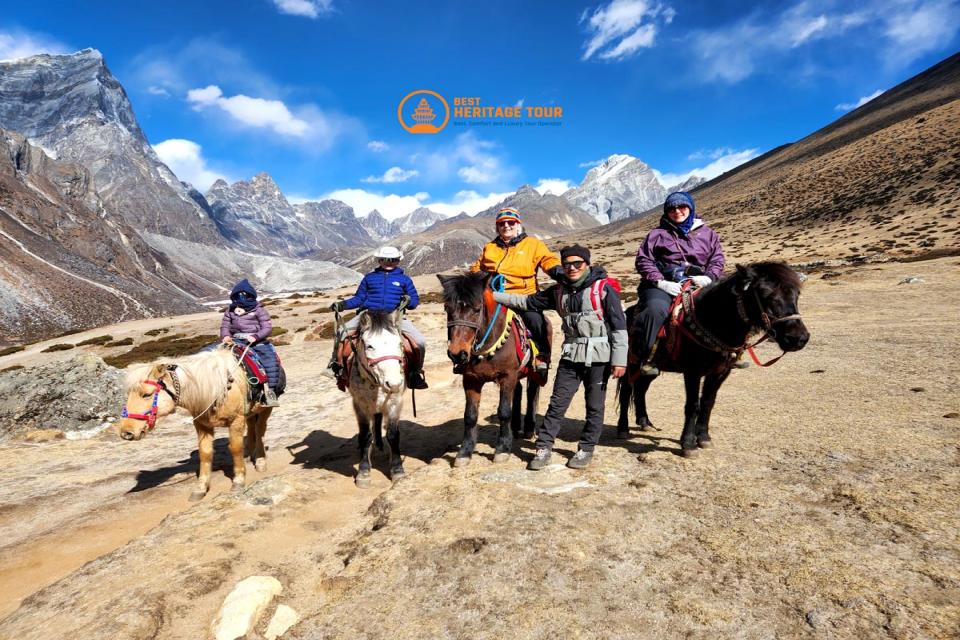Trekking in Nepal continues to be a bucket-list experience for adventurers around the world. Whether you’re aiming to reach the iconic Everest Base Camp, traverse the classic Annapurna Circuit, or explore hidden gems like the Manaslu Circuit or Langtang-Gosaikunda Trek, one thing remains certain: smart packing is key to a successful and enjoyable journey.
In this updated 2025/2026 Nepal trekking packing guide, we provide a comprehensive gear checklist tailored for Nepal’s diverse trekking regions and seasonal conditions. Whether you're a first-time hiker, a seasoned trekker, or a budget traveler, this guide will help you pack light but right, ensuring you're ready for everything from alpine passes to jungle valleys.
Understanding Nepal’s Diverse Trekking Regions
Nepal’s trekking landscape spans a wide range of altitudes and climates. Knowing where you're going is the first step toward packing effectively.
1. Everest Region
- Altitude Range: 3,000 m to 5,500 m+
- Trail Conditions: Cold temperatures in spring and autumn; well-developed trekking infrastructure with teahouses and lodges
- Top Treks: Everest Base Camp Trek, Gokyo Lakes Trek, Everest Three Passes Trek
The Everest Region of Nepal is the world’s most iconic trekking destination, famous for its stunning Himalayan panoramas and legendary peaks including Mount Everest (8,848 m), Lhotse (8,516 m), Ama Dablam (6,812 m), and Nuptse (7,861 m). This region offers high-altitude trekking adventures such as the classic Everest Base Camp Trek, the challenging Everest Three Passes Trek, and the breathtaking Gokyo Lakes Trek.
Trekkers can immerse themselves in vibrant Sherpa culture, visit sacred monasteries like Tengboche, and enjoy panoramic views from Kala Patthar. With well-maintained trails, dependable lodges, and dramatic mountain landscapes, the Everest Region caters to both experienced mountaineers and bucket-list trekkers seeking an unforgettable Himalayan journey.
2. Annapurna Region
- Altitude Range: 800 m to 5,416 m
- Trail Conditions: Diverse climate zones, from warm lowlands to snowy high mountain passes; well-developed trekking infrastructure with teahouses and lodges
- Top Treks: Annapurna Circuit Trek, Annapurna Base Camp Trek, Ghorepani-Poon Hill Trek, Mardi Himal Trek
The Annapurna Region in Nepal is one of the world’s premier trekking destinations, renowned for its breathtaking Himalayan scenery and rich cultural diversity. Trekking routes such as the Annapurna Circuit, Annapurna Base Camp, Ghorepani-Poon Hill, and Mardi Himal attract thousands of hikers annually. This region showcases diverse landscapes, ranging from lush subtropical forests and terraced fields to alpine meadows and rugged high mountain terrain.
Dominated by towering peaks like Annapurna I (8,091 m) and Machapuchare (Fishtail) at 6,993 m, the region also features challenging high passes such as Thorong La (5,416 m). With well-established teahouses, clearly marked trails, and warm local hospitality, the Annapurna Region offers an unforgettable trekking experience suitable for both beginners and seasoned adventurers. Whether you’re seeking panoramic mountain views, cultural immersion, or high-altitude thrills, Annapurna is an essential part of any Nepal trekking itinerary.
3. Langtang Region
- Altitude Range: 1,500 m to 4,600 m
- Trail Conditions: Accessible trails with cool, temperate climate; well-maintained lodges and teahouses throughout
- Top Treks: Langtang Valley Trek, Langtang-Gosaikunda Trek
The Langtang Region of Nepal offers stunning Himalayan scenery combined with rich Tamang culture and welcoming local communities. Located just north of Kathmandu, this trekking area features moderate to high altitudes, making it suitable for both beginner and experienced trekkers. Popular routes like the Langtang Valley Trek and Langtang-Gosaikunda Trek lead trekkers through lush rhododendron forests, pristine alpine lakes, and traditional mountain villages.
For those seeking extra adventure, the region includes challenging mountain passes such as Lauribina La (4,610 m). Dominating the landscape is Langtang Lirung (7,227 m), a majestic peak that captivates all who visit. With reliable trekking infrastructure, cultural highlights, and breathtaking natural beauty, the Langtang Region is perfect for an authentic and rewarding Himalayan trekking experience.
4. Mustang Region
- Altitude Range: 2,800 m to 4,200 m
- Trail Conditions: Dry, desert-like terrain with intense daytime sun and cold nights; rugged and remote trails
- Top Treks: Upper Mustang Trek, Lo Manthang
The Mustang Region of Nepal, known as the “Last Forbidden Kingdom,” offers trekkers a unique high-altitude experience with its dry, desert-like landscapes, dramatic cliffs, and ancient Tibetan Buddhist culture. Located in the rain shadow of the Annapurna range, this remote area features rugged trails through ancient cave dwellings, monasteries, and the walled city of Lo Manthang. Trekkers should be prepared for intense sun during the day and cold nights, making Mustang an unforgettable destination for adventurers seeking off-the-beaten-path Himalayan trekking with rich cultural heritage.
5. Manaslu Region
- Altitude Range: 1,000 m to 5,160 m
- Trail Conditions: Remote, rugged, and challenging; limited trekking infrastructure
- Top Treks: Manaslu Circuit Trek, Tsum Valley Trek
The Manaslu Region in Nepal is renowned for its spectacular mountain scenery dominated by Manaslu (8,163 m), the world’s eighth highest peak. This remote and less-traveled area offers rugged trails and a rich Tibetan Buddhist cultural experience, especially in the sacred Tsum Valley. The Manaslu Circuit Trek, which includes crossing the challenging Larkya La Pass at 5,160 meters, attracts trekkers seeking solitude, adventure, and pristine Himalayan landscapes away from the crowds.
6. Off-the-Beaten-Path Treks
- Altitude Range: 2,000 m to 5,500 m+
- Trail Conditions: Remote, rugged, and challenging routes with limited infrastructure; suitable for experienced trekkers seeking adventure
- Popular Treks: Upper Dolpo Trek, Makalu Base Camp Trek, Ganesh Himal Trek, API Base Camp Trek
Off-the-beaten-path treks in Nepal offer adventurous hikers the chance to explore some of the country’s most remote and breathtaking Himalayan regions. These lesser-known trekking routes provide authentic cultural encounters with Tibetan Buddhist communities and stunning, unspoiled natural landscapes. The Upper Dolpo Trek takes trekkers through high-altitude plateaus and ancient villages, while the Makalu Base Camp Trek provides incredible close-up views of Makalu, the world’s fifth-highest peak.
These treks often involve crossing high mountain passes like Kang La (5,360 m) on the Makalu route, offering challenging but rewarding experiences. The Ganesh Himal Trek highlights the impressive Ganesh mountain range, with peaks rising over 7,000 meters, showcasing spectacular panoramic views and pristine wilderness. Similarly, the API Himal Trek features the towering Api Peak (7,132 m) and remote cultural sites. Due to the rugged terrain and limited lodging options, off-the-beaten-path treks in Nepal are perfect for experienced trekkers seeking solitude, raw adventure, and deep cultural immersion in the Himalayas.
Note: Different regions need different gear. Layering and flexibility help you stay safe and comfortable.
Essential Clothing Layers for Nepal Trekking
Layered clothing lets you adapt to temperature swings from sunny valleys to freezing high passes.
-
Base Layer (Next to Skin)
- Moisture-wicking (merino wool or synthetic)
- Avoid cotton, it traps moisture and increases hypothermia risk
-
Mid Layer (Insulation)
- Lightweight fleece or down jacket
- Essential for cold mornings and high altitudes
-
Outer Layer (Weather Protection)
- Waterproof and windproof jacket and pants (e.g., Gore-Tex or similar)
- Must-have for rain, snow, and wind exposure
Footwear: Step in Comfort and Confidence
Essential trekking footwear for all terrains includes waterproof boots, comfortable camp shoes, and moisture-wicking socks with gaiters for protection. The required gear is as follows:
-
Trekking Boots
- Waterproof, ankle-supportive, and broken-in
- Ideal for all terrains, from rocky ridges to muddy forest trails
-
Camp Shoes / Slippers: Lightweight sandals or slippers provide comfort after a long day on the trail, especially in teahouses or campsites.
-
Socks & Gaiters
- Several pairs of moisture-wicking trekking socks
- Gaiters help in snow, slush, or dusty trails
Backpacks and Bags: Organize Like a Pro
Backpacks and bags are essential for comfort, protection, and easy access on Nepal treks. The must-have types are as follows:
-
Main Backpack (40-60L)
- Ergonomic fit with padded straps and hip belt
- Rain cover included (especially vital during monsoon or snowy days)
-
Daypack (15-25L)
- Handy for side hikes, essentials, and valuables
- Ideal for use during Nepal Day Tours or shorter excursions
-
Dry Bags & Packing Cubes
- Keep clothes dry and sorted
- Especially useful in wet seasons or stream crossings
Must-Have Accessories for the Trail
Stay safe and comfortable with the right accessories for altitude, terrain, and weather. The key types are as follows:
-
Trekking Poles
- Provide knee support on steep descents
- Improve stability on uneven and rocky terrain
-
Water Bottles & Purifiers
- Carry at least 2L capacity
- Use purification tablets, SteriPen, or filtration systems for safety
-
Sunglasses & Sun Protection
- High UV protection sunglasses
- SPF 50+ sunscreen and SPF lip balm for high-altitude exposure
-
Gloves, Hat, and Buff
- Insulated gloves and a warm hat for higher altitudes
- Buff or neck gaiter for wind and dust protection
-
Headlamp
- Must-have for early starts, night treks, or dim teahouses
- Choose lightweight, long-lasting, and USB-rechargeable models
Note: For high passes like Cho La or Thorong La, consider microspikes or light crampons in shoulder seasons.
Sleeping and Camping Gear (For Remote Treks)
While most treks offer teahouse lodging, camping is required in remote regions like Makalu Base Camp, API Himal, or Nar Phu Valley.
-
Sleeping Bag
- Rated to at least -10°C or lower
- Down or synthetic options depending on weight vs. warmth preference
-
Sleeping Pad
- Provides insulation from the cold ground
- Adds comfort for restful sleep on rugged terrain
-
Travel Pillow & Liner
- Enhances sleep quality with compact support
- Liner adds warmth and keeps your sleeping bag clean
Toiletries & Personal Hygiene
Keep your kit compact but complete:
- Biodegradable soap/shampoo
- Quick-dry towel
- Toothbrush/toothpaste
- Wet wipes and hand sanitizer
- Menstrual hygiene products
- Toilet paper (not always provided in teahouses)
First Aid & Medical Kit
Altitude and gastrointestinal issues are common in Nepal. Be prepared:
- Diamox (acetazolamide) for altitude sickness (consult your doctor)
- Paracetamol or ibuprofen
- ORS (Oral Rehydration Salts)
- Band-aids and blister care
- Antidiarrheal tablets
- Antiseptic cream
- Any personal prescription medications
Electronics & Documents
It’s important to keep your devices charged and your documents safe while trekking. The types are as follows:
-
Power & Communication
- Power bank (10,000mAh+)
- Solar charger or plug adapter (type C, D, or M)
- Smartphone with offline maps (MAPS.ME or Gaia GPS)
-
Photography
- Camera or phone with extra memory cards
- Waterproof case or dry bag for electronics
-
Documents: Multiple copies of
- Passport
- TIMS card
- Trekking permits (e.g., ACAP, MCAP, RAP)
- Travel insurance policy
- Emergency contacts
Seasonal Packing Tips
Preparing for Nepal’s diverse trekking seasons is key to a safe and enjoyable journey. The following types of gear and clothing help you adapt to changing weather conditions:
-
Spring (March-May)
- Warm days, cool nights
- Bring windproof layers and sun protection
-
Autumn (Sept-Nov)
- Dry and stable weather
- Cold at night; layering crucial
-
Monsoon (June-August)
- Heavy rain, leeches, and muddy trails
- Waterproof everything; leech socks recommended
-
Winter (Dec-Feb)
- Harsh cold at altitude
- Down jackets, thermals, insulated boots required
Teahouse vs. Camping Treks: What to Know
Choosing between teahouse and camping treks depends on your comfort level and trekking goals. The types are as follows:
-
Teahouse Treks
- Lighter pack
- Lodging and meals are available
- Ideal for Everest, Annapurna, Langtang
-
Camping Treks
- Heavier gear load
- Requires sleeping equipment, a stove, and food
- Best for Makalu, API Himal, Upper Dolpo
Eco-Friendly & Responsible Trekking Tips
- Use reusable bottles instead of plastic
- Pack out your trash or dispose of it responsibly
- Respect local customs and wildlife
- Choose ethical tour operators and community-based homestays
- Offset your carbon footprint where possible
Conclusion: Pack Smart for an Unforgettable Nepal Trekking Adventure in 2025/2026
Packing the right gear is essential to fully enjoy your Nepal trekking experience, whether you’re conquering Everest Base Camp, exploring the Annapurna Circuit, or venturing into lesser-known trails like Manaslu or Mustang. Understanding the unique demands of each trekking region and season helps you prepare effectively, stay comfortable, and stay safe on the trail. From layered clothing and reliable footwear to trekking poles, water purification, and a well-organized backpack, every item on your checklist plays a vital role in your journey.
Don’t forget essential accessories, first aid supplies, and eco-friendly practices to protect both yourself and Nepal’s fragile mountain environment. By following this updated 2025/2026 packing guide, you’ll be well-equipped to face Nepal’s diverse climates and terrains with confidence. So gear up wisely, respect the local culture, and get ready for an unforgettable Himalayan adventure that will stay with you forever.
Ready for an Unforgettable Trekking Adventure in Nepal? Discover Nepal’s stunning trails and breathtaking views in 2025/2026. Whether you’re an experienced trekker or new to the mountains, Nepal offers something unforgettable for all. Trust Best Heritage Tour for expert guides, reliable support, and eco-friendly treks across Everest, Annapurna, Langtang, and more. Start your safe and immersive Himalayan journey today!
Book Your Trek or Get More Information Now:
-
Phone/WhatsApp/Viber: +9779851149197 / +9779810043046
-
Email: bestheritagetour@gmail.com / info@bestheritagetour.com
-
Website: www.bestheritagetour.com
-
Location: Thamel Marg, Kathmandu, Nepal
Author: Best Heritage Tour
Date: 8th June, 2025

